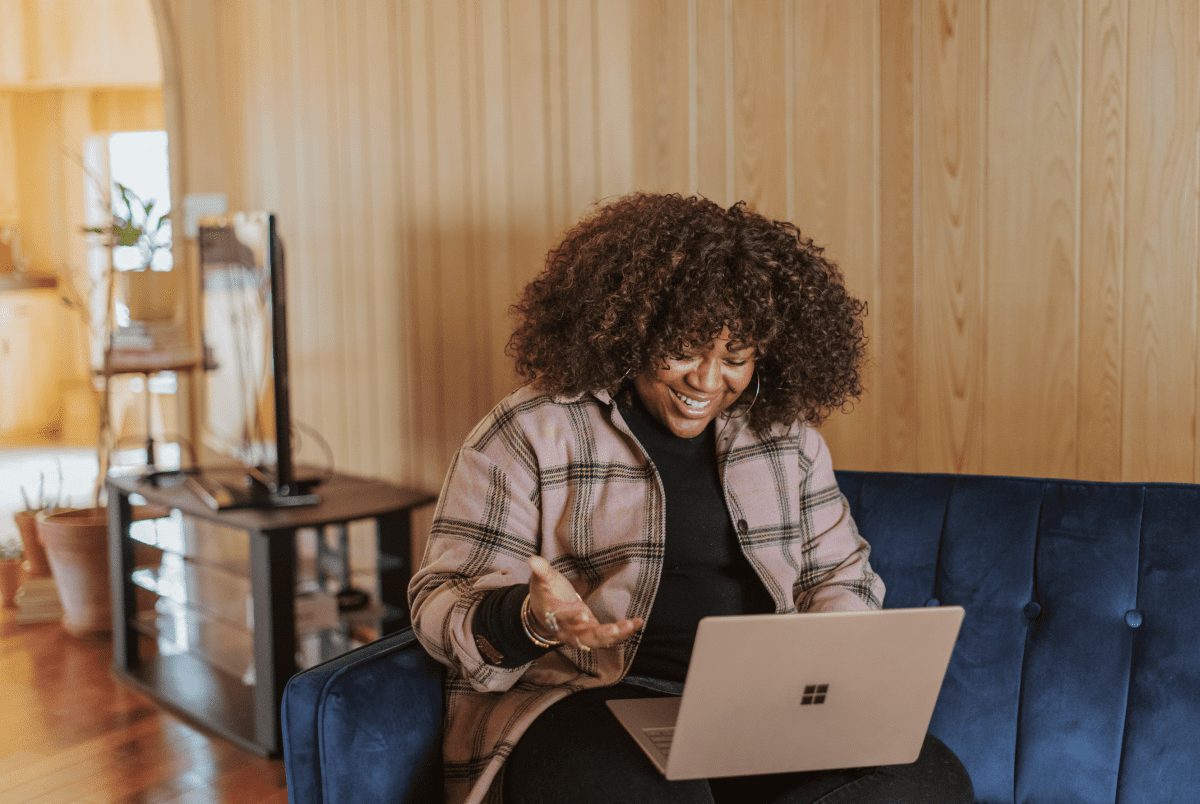
After a year of working from home, we are prepared to bring staff back to the workplace. Now we need to understand why we are bringing them back
The past year has taught us that we can work differently. In the face of challenges, we’ve developed new habits, new strengths, and new expectations. We have seen that we can be productive and happy working from our kitchens, home offices or garages. So why exactly do we need to go back to the office?
As designers, building owners and landlords, we need to recognise that choice is the new amenity. Going forward, the workforce will demand options, including the choice to work wherever and whenever they can to tap into their best self. We can’t simply give them a new, safe version of the old office. This is about the human experience. We need to give them more. We need to offer something better.
Recent studies already give us an idea of how the pandemic is affecting people. In a recent Harvard Business Online survey, 59 percent of the respondents said they made health a priority in the last year, 70 percent said they prepared healthier meals at home, and 68 percent said they spent more time with their pets. (For the record, one in three said they drank more.)
A tangible response to the lessons learned over the past year should drive change and create workplaces that nourish the mind, the body, and the soul. Could the work experience be more tailored to suit the individual? Could we use this as an opportunity to help our staff develop as individuals, as well as employees?
Read more: Why choice is a crucial element of great workplace design
This level of specificity requires a different approach to design. To be successful, the process needs to incorporate the outside influence of the designer and the inside knowledge of organisational operations and human resources, as well as direct input from staff. Encouraging the workforce to leave the comfort of remote work will require a strong link between design and operations, as well as an understanding of the importance of corporate culture and social relationships.
The answer starts with an appreciation of the innate desire for all of us as humans to feel part of something larger than ourselves. It is the desire to be together, the sense of collective identity. The physical workplace has the ability to become an embodiment of the corporate culture, without giving valuable square footage over to desks that may or may not be needed.
Specific, activity-based planning will allow our work environments to be tailored for the unique requirements of the individual and the duties that the individual actually performs. If the workplace can strengthen our best selves, with the tools and equipment we need to perform our best work at its highest level, then the workplace can become a more desirable option. Any attempt to develop a workplace design in the current environment needs to start with research, a plan to learn more about the staff’s habits, workflow and lifestyle.
Our spaces must be able to adapt and change, incorporating new programme elements such as hybrid workstations, more technology based meeting and collaborative spaces, and specialised personal workspaces. Our office environments can no longer be simply warehousing for desks. Our workplaces must become a viable alternative to working from home without neglecting those that do.
The goal should be to create seamless connections between remote and in-person experiences through technology, environment, specificity and operations. The percentage of people opting to work from home allows space in the workplace to morph, accommodating new ways of working, collaborating and socialising.
Read more: Hybrid working: the end of the clickbait office?
Building owners and landlords have an opportunity to design ways to encourage a closer connection to the conveniences of working from home. The re-invention of the physical workplace must emphasise the similarities between both, rather than amplify the differences.
Service oriented, mixed-use projects could incorporate daycare for children and pets, laundry, specialty markets. Residential components would start to create a more robust bridge between home and work and less stress on the worker.
Simple perks that did not exist pre-Covid will make a marked difference to the perception of the workplace. Specialty coffee and snacks, massage, and stress management services — combined with full environment ergonomics, advanced lighting and human comfort — will all contribute to the value of the physical space as well as the investment in the individual.
Specific spatial design can contribute to interpersonal relationships, as well as connections between the physical environment and remote workers. Strategically employed 360-degree conference rooms, livestreams, virtual reality and artificial intelligence will all provide a more seamless approach to workflow and processes. We have learned that we do not necessarily need to compromise our work life or our home life. We can and should have it all.
Offering something better than before will bring the workforce back to the office with passion rather than by compliance. Design has the power to become a conduit for this change. Through research and more meaningful dialogue with leaders and staff, we can create a specific response to the needs of each workforce.
Rick D’Amato is Design Director, Workplace, at LPA Design Studios – an integrated design firm with six locations in California and Texas. LPA’s team includes more than 400 in-house architects, master planners, engineers, interior designers, landscape architects and research analysts, working across a wide array of sectors.
Image by Unsplash

























